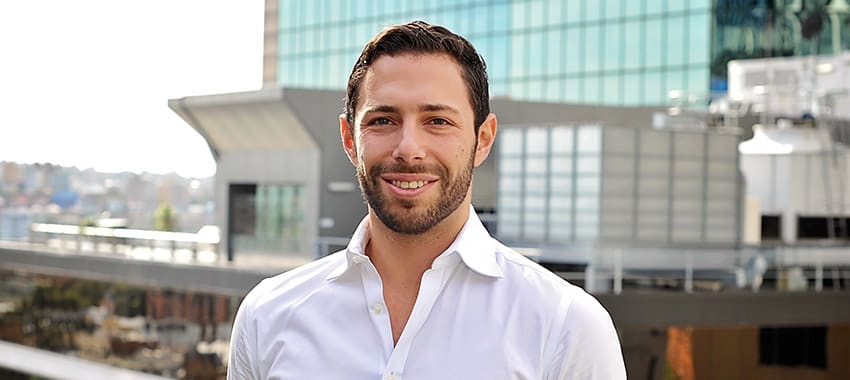
Australians who fixed their average-sized home loan two years ago are heading for a $1,250 hike in their monthly mortgage repayments, according to the Lendi Group.
The Lendi Group has warned home owners in Australia who fixed their average home loans two years ago and are due to roll off their fixed rate in May or June will be faced with an approximate rate hike of 3.85 per cent when their fixed term expires.
This jump in interest rates would equate to additional repayments of $1,250 a month, $15,000 a year, or $376,000 over the lifetime of the loan.
For those on a $1 million mortgage, that figure increases to $2,147 out of pocket every month.
With the official cash rate increasing to 3.85 per cent in May and more hikes likely, chief executive and co-founder of Lendi Group, David Hyman, is urging home owners in this boat to urgently revisit their loan and seek assistance from a broker.
He said procrastinating ahead of a fixed rate expiring is the worst thing a home owner can do in this higher-rate environment.
“There are immense savings to be made, simply by starting the conversation with a broker,” Mr Hyman said.
“For a family staring down the barrel of an additional $15,000 in repayments per year, this 65 bps could mean savings of up to $3,400 a year. In addition, most lenders are still offering $4,000 in cashback.”
The Lendi and Aussie brokers are currently saving people an average of 65 bps through refinancing — a trend expected to continue to rise.
According to recent data from the Australian Bureau of Statistics, refinancing activity reached its second-highest level on record in December 2022, with a total of $19.1 billion in refinancing activity. However, this was slightly lower than the record high of $19.5 billion in November.
According to Lendi, refinancing still accounted for 88 per cent of Lendi’s mortgage activity over the last three months to January 2022, with 76 per cent more Australians choosing to refinance than take out new home loans.
Home owners who decide to take the easy option and stick with their existing lender may be stung with hefty loyalty tax, paying far more than they should because they procrastinated revisiting their current home loan, Mr Hyman added.
“A mortgage is the biggest expense for most Australians and with interest rates unlikely to materially decrease soon, inaction is simply not an option,” Mr Hyman said.
Refinances eclipse new loans
PEXA’s head of research Mike Gill reiterated that elevated refinancing activity was likely to continue due to the unusually high number of fixed-term loans that will be expiring in the next two years.
“It will also likely be supported by the RBA strongly flagging the possibility of more rises later this year, in order to bring inflation closer to the target band of 2-3 per cent,” Mr Gill said.
PEXA’s March quarter insight report showed 98,527 refinances were completed across New South Wales, Victoria, Queensland and Western Australia – nearly 2,000 more than the 96,767 new loans issued during the same period, which had not previously dipped beneath 100,000 in a quarter since June 2020.
Mr Gill said new loans exceeded refinance activity for the first time.
The data showed all states posted year-on-year growth in refinances, while new loans to fund the purchase of property were down 17.9 per cent on the December 2022 quarter and 25.3 per cent below the figure posted in the prior year.
This was compounded by average loan amounts also trending lower over the period in a softer sales market, the data showed.
[Related: Mortgagors refinancing at rapid speed]
 Login
Login










JOIN THE DISCUSSION